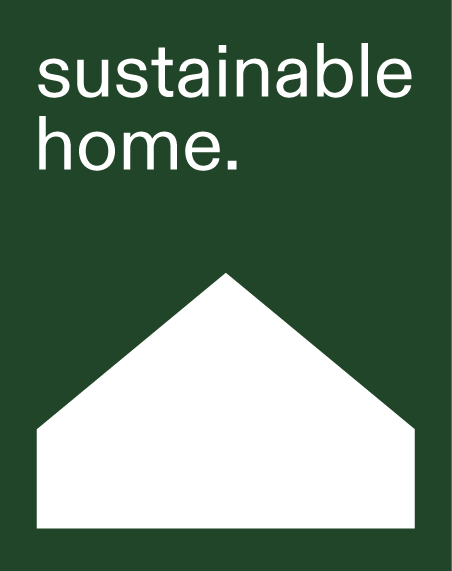1. Heat with your air conditioner
I’ve been banging on about it for nearly 10 years. If you have one, heat your home with your reverse-cycle air conditioner. You can use this to heat for as little as one-third the cost of gas, or one-fifth the cost of running electric heaters.
2. Cool with your air conditioner
Of course reverse-cycle air conditioners aren’t just for heating; you can use them for summer cooling too. As our climate breaks down and our Earth gets hotter, summer air conditioning may one day be your lifesaver.
3. Clean your air conditioner filter
Air conditioners have built-in air filters that need to be regularly checked and cleaned — as will most equipment that blows air around. Filter cleaning can be a DIY exercise. Find your operating manual or a video online and learn how it’s done.





























































